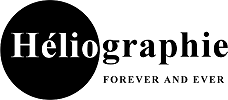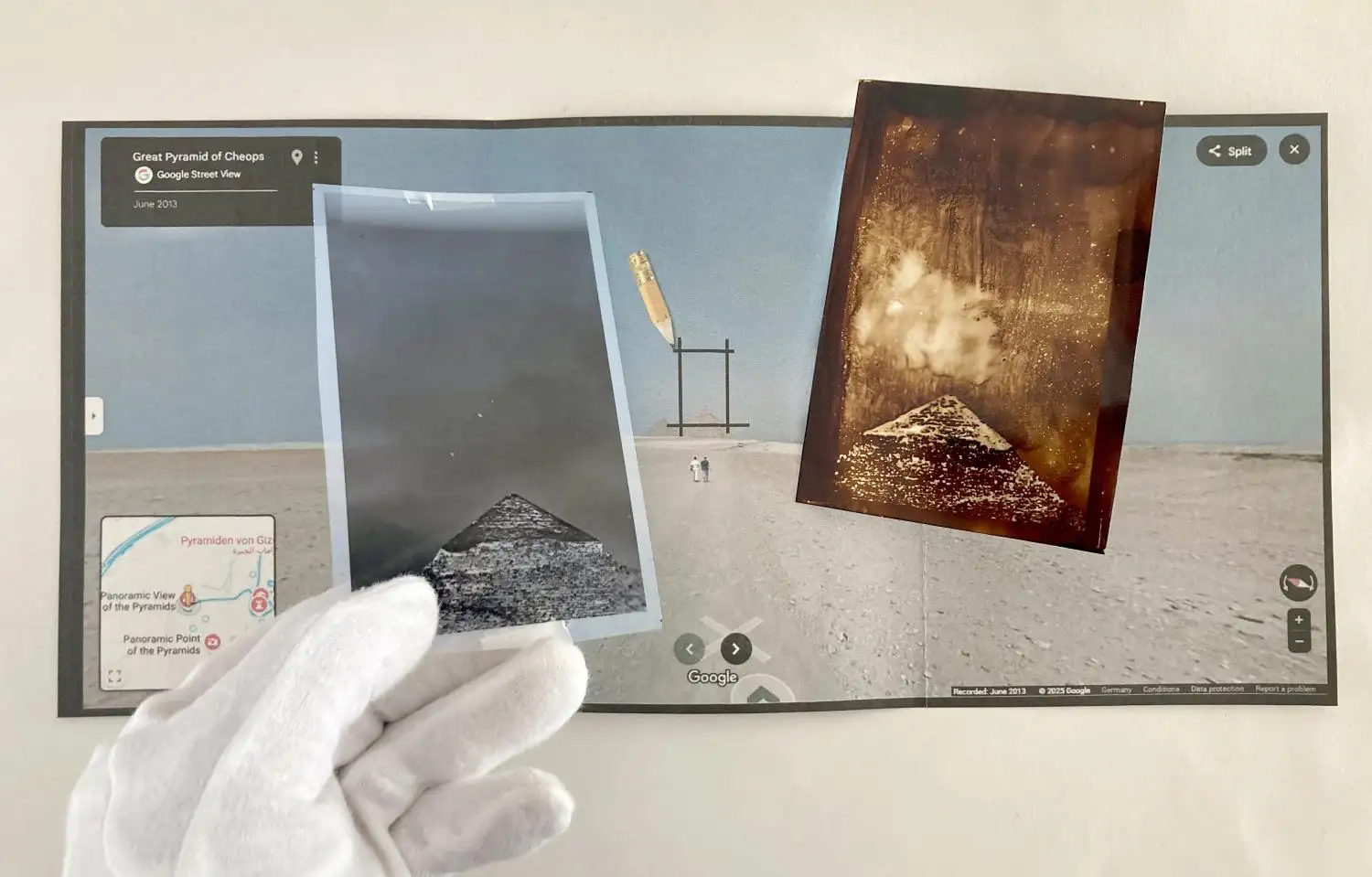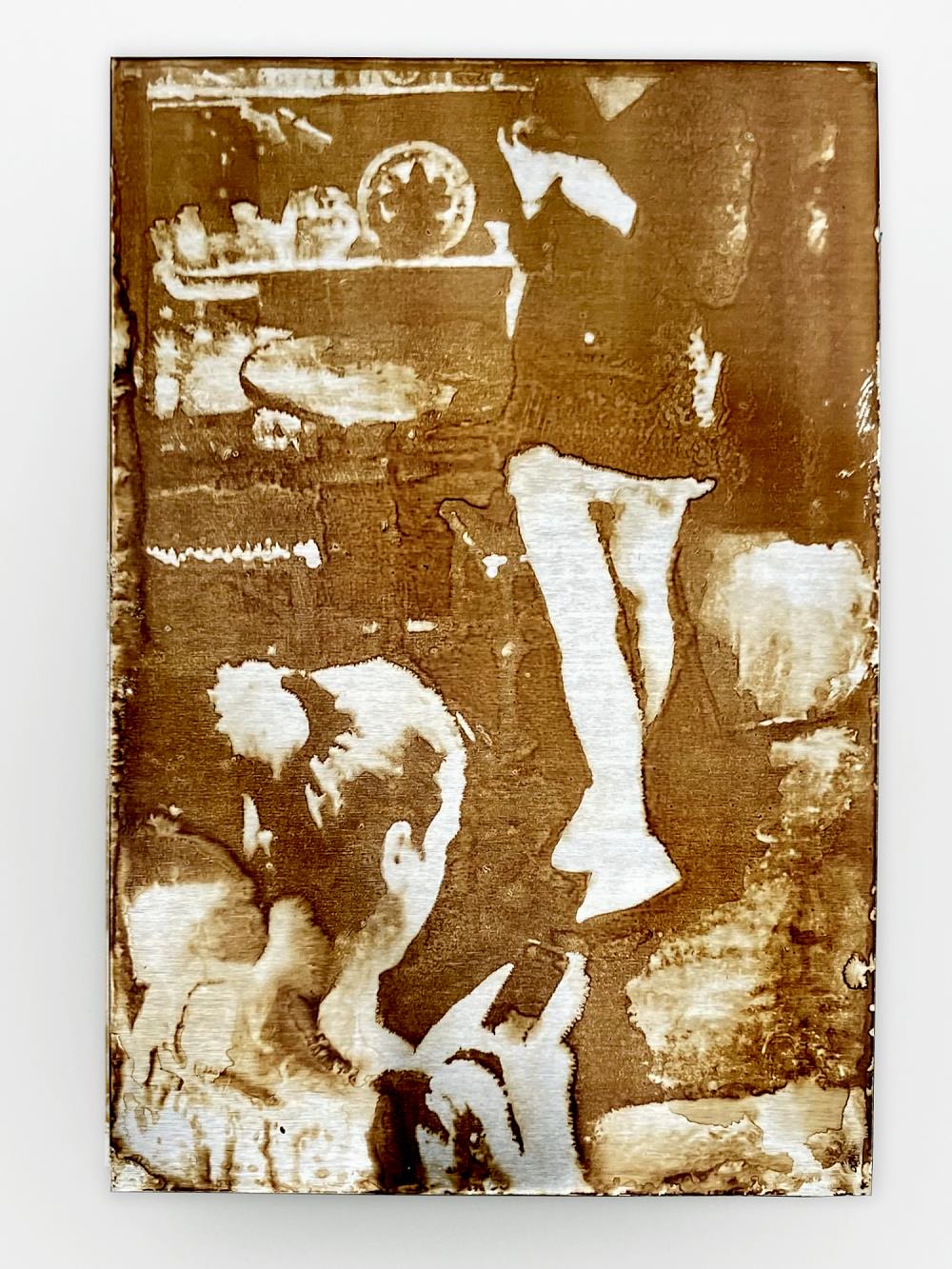Heliography Projekt 1827–2027
The Heliography Project collects the last true photographs in a world after photography – traces of a reality before it fully disappears into simulation. [Read the full concept here]
Currently Available Editions
Sold-Out Editions
-
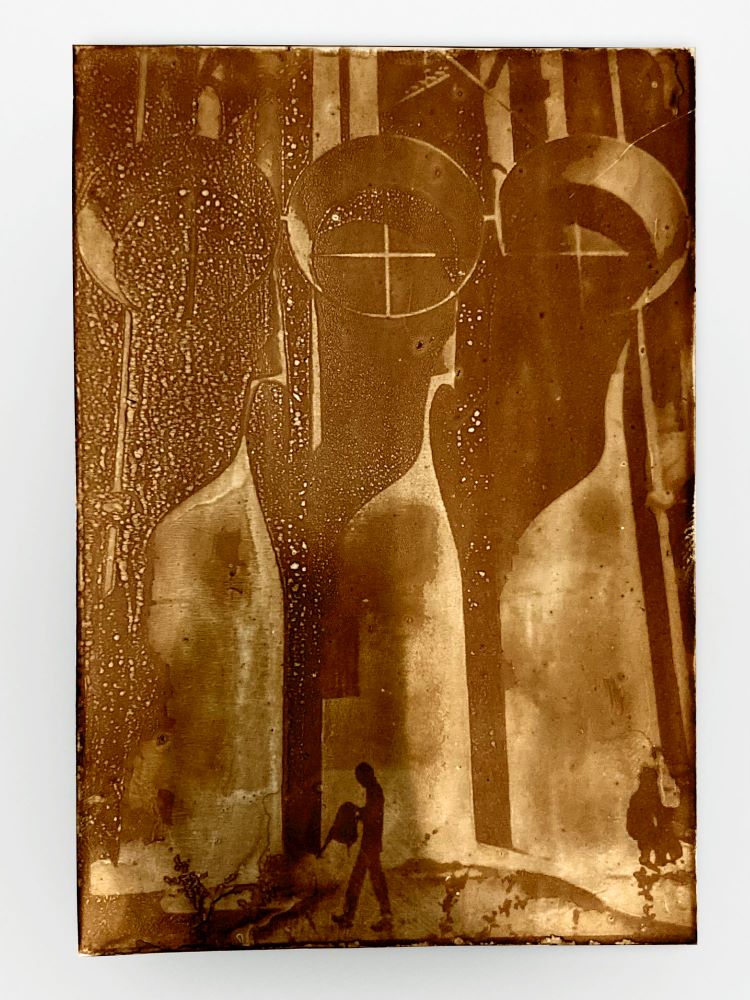
Centre Pompidou, Midday, Heliography Unique (sold out)
-
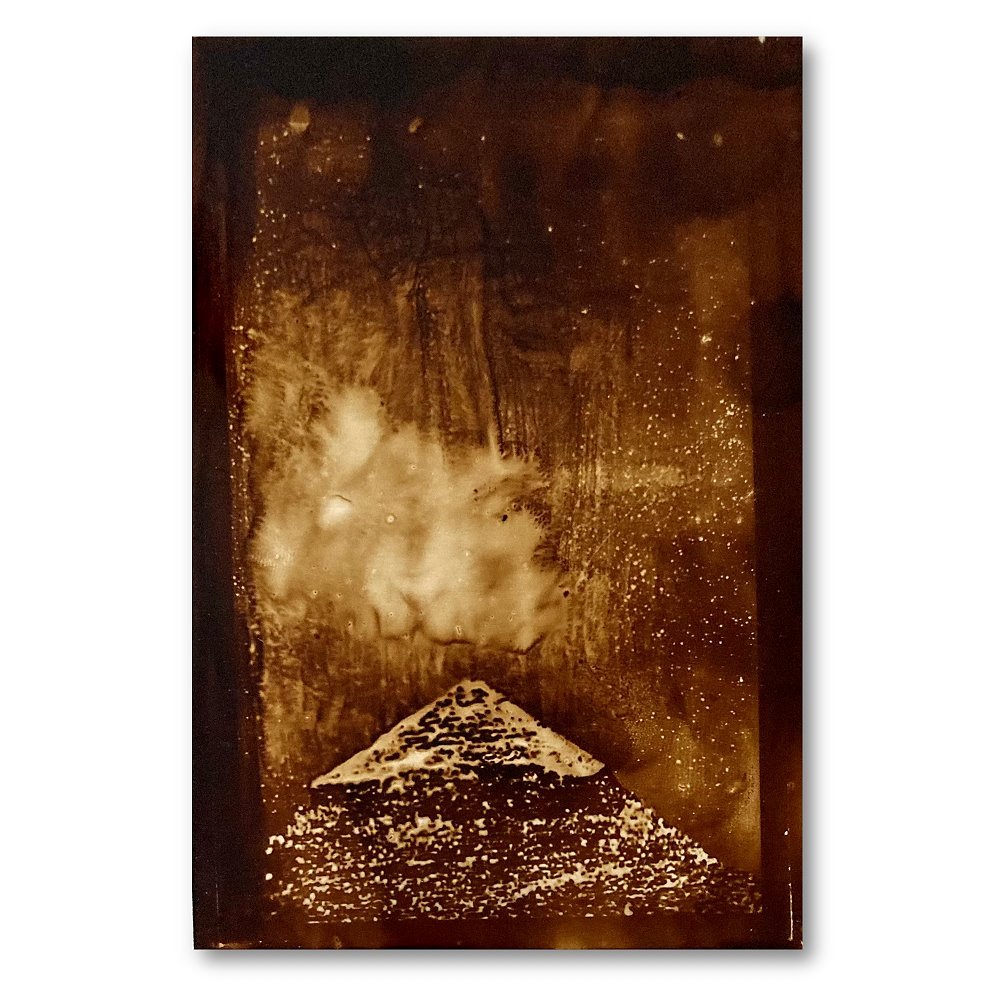
The Beginning, the Pyramids and the pen (sold out)
-
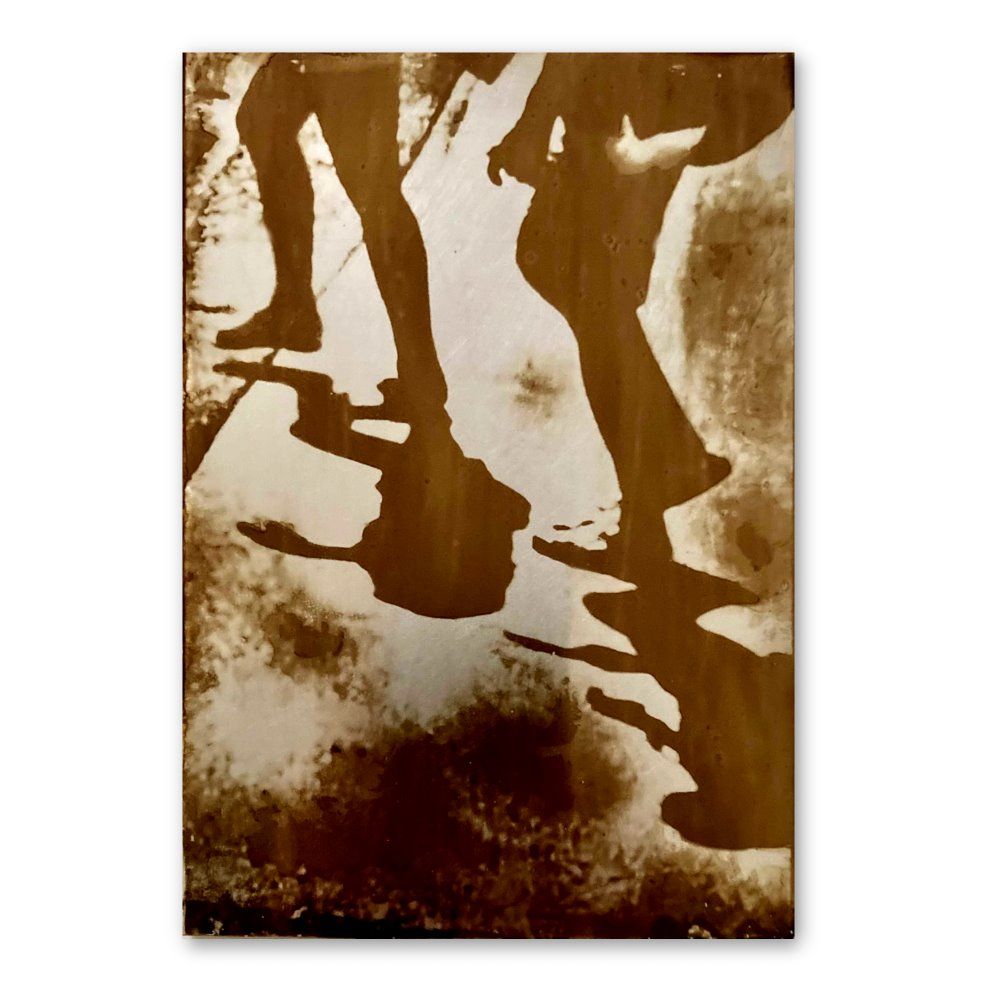
Heliography, Midday in Paris, August 2013, 17 Rue Beaubourg (sold out)
-

Heliography, Seven Roses for M. – Summer 2017 – the first Rose, Unique (sold out)
159,00 € -
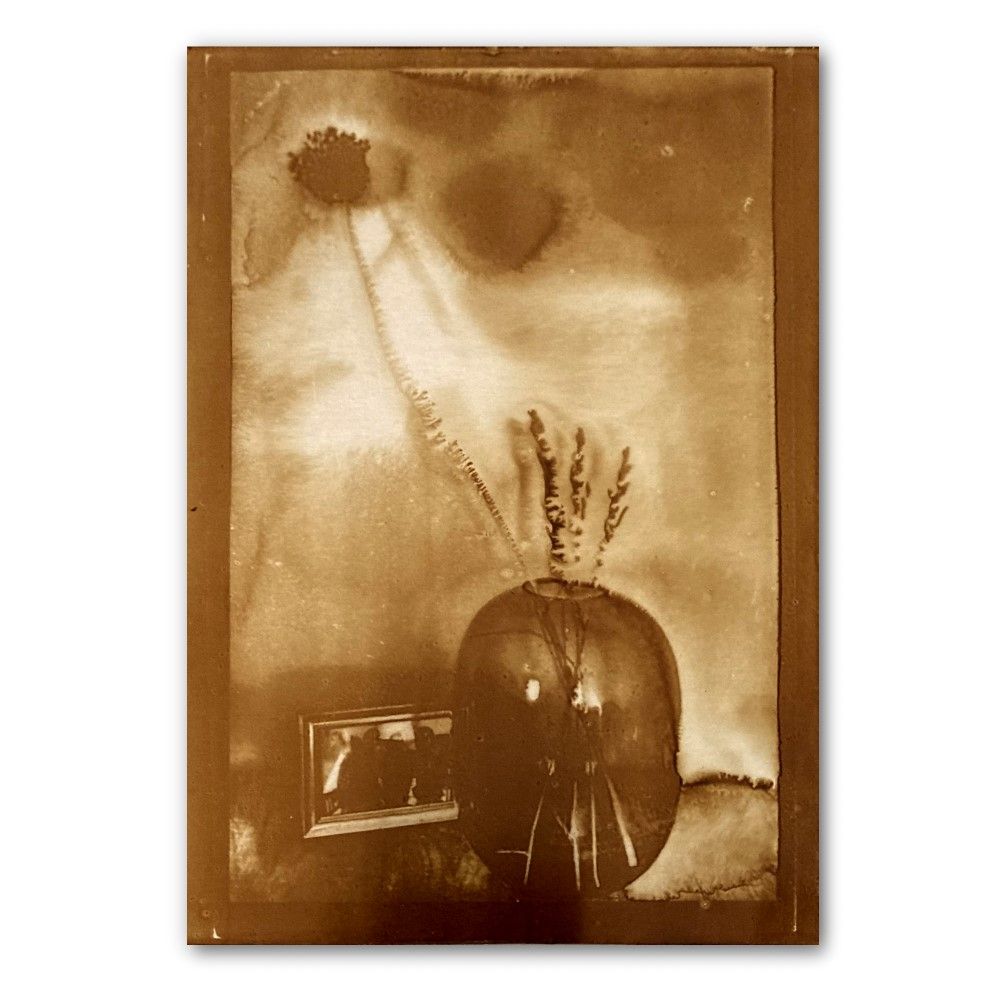
Heliography, Still Life with a Photograph (sold out)
159,00 € -
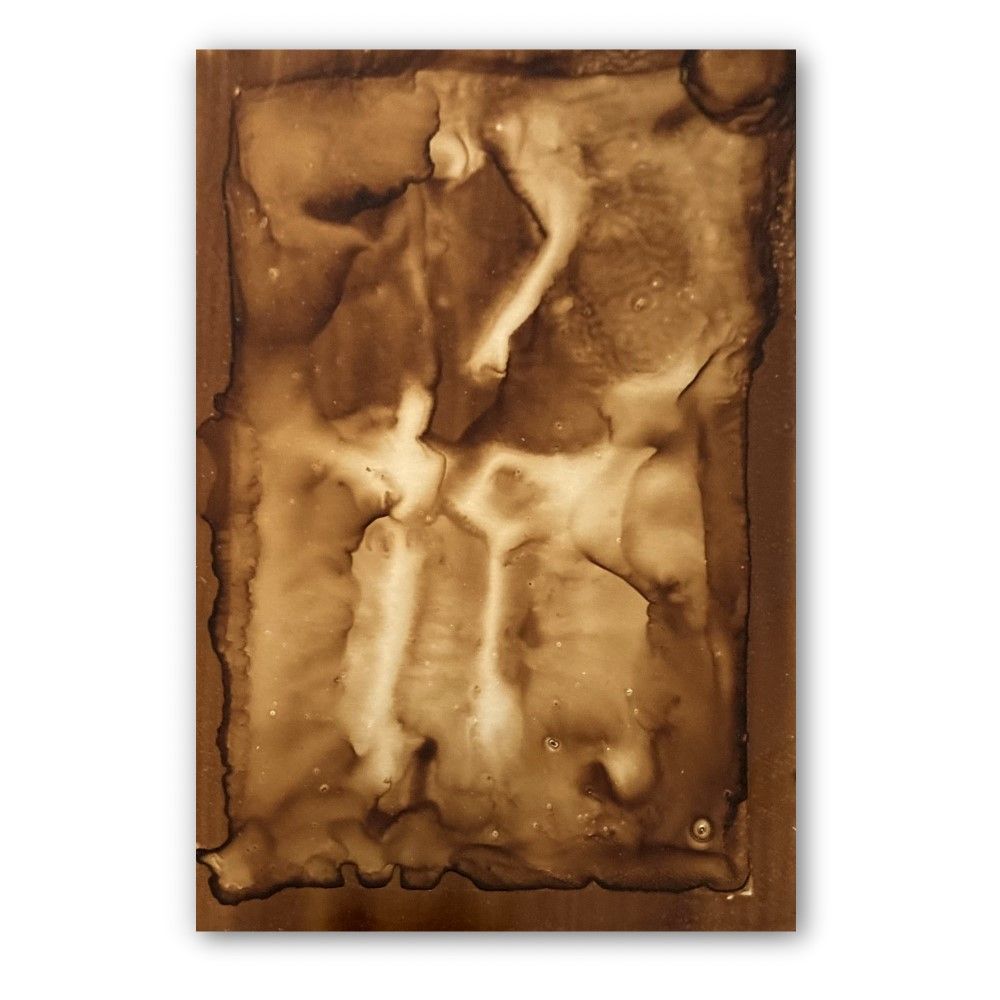
Heliography, Somewhere in Paris – in the summer of 2019 (sold out)
159,00 € -
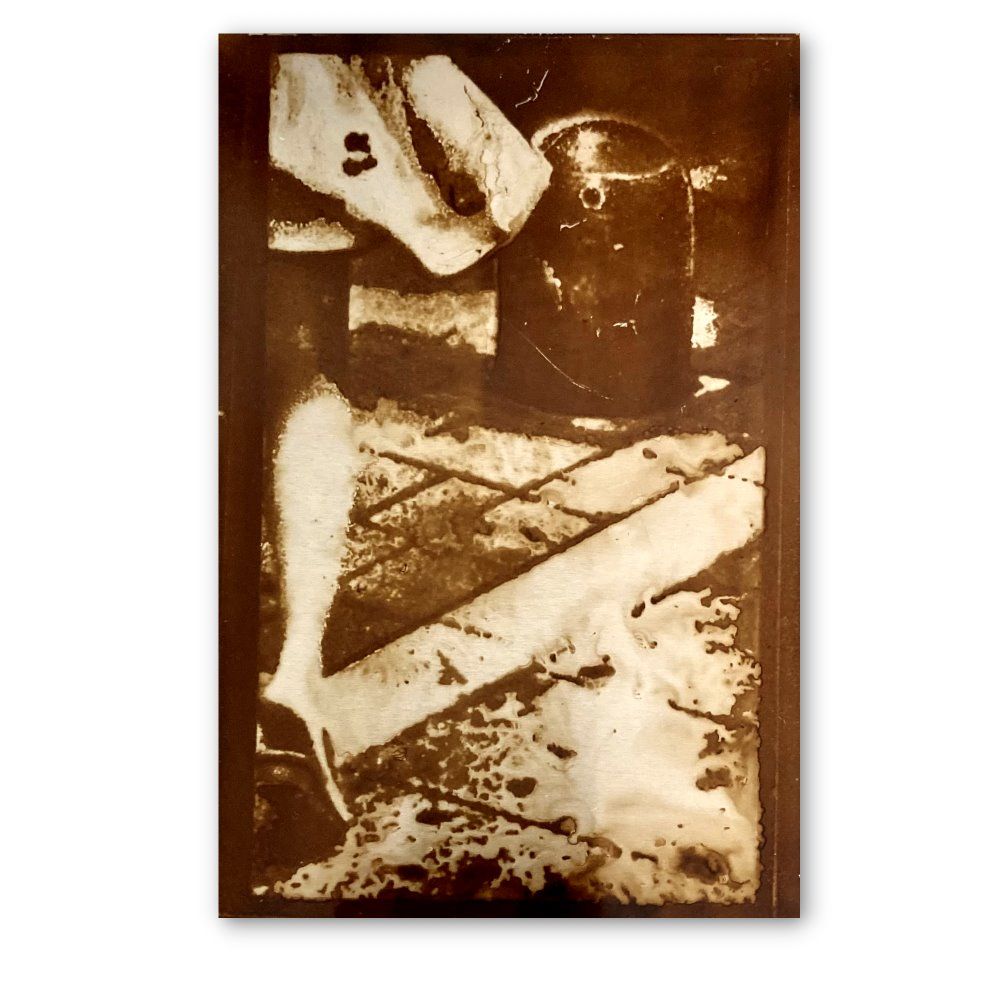
Heliography, Somewhere in Paris – in the summer of 2017 (sold out)
-
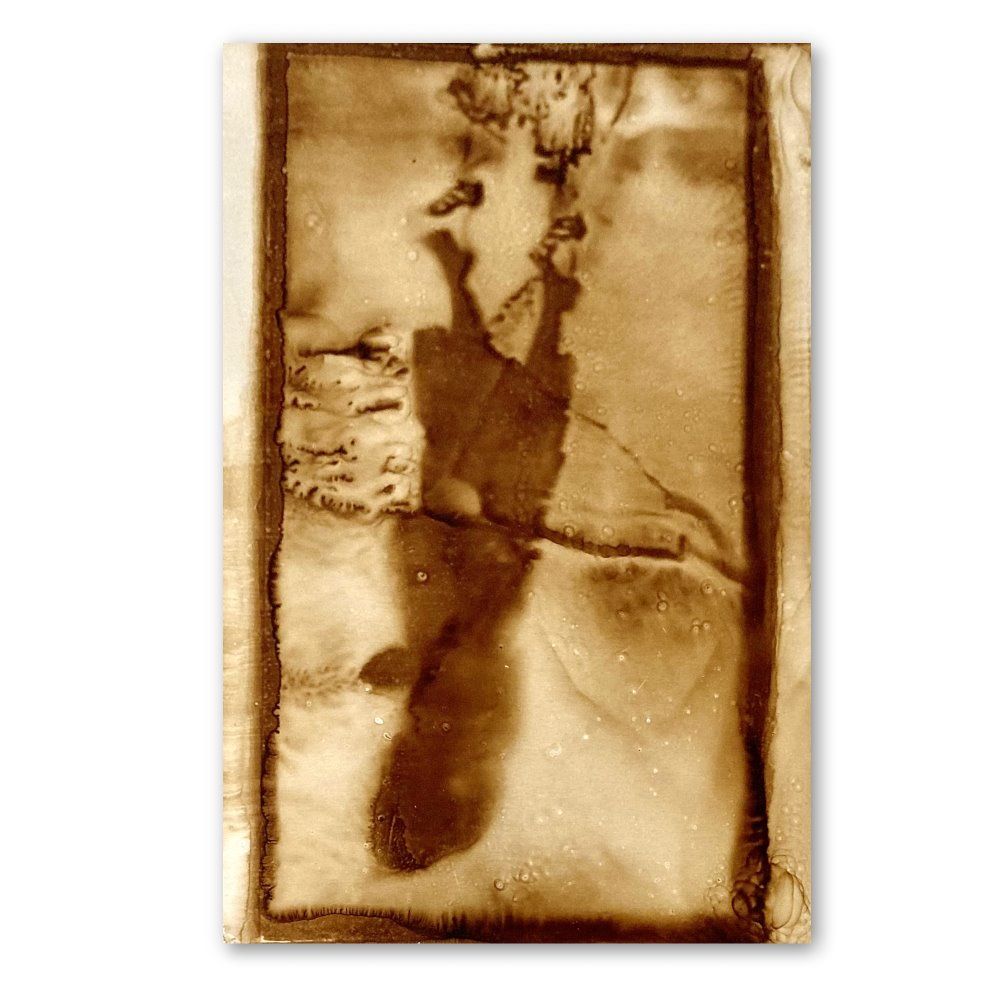
Heliography, The Shadow and the Girl (sold out)
-
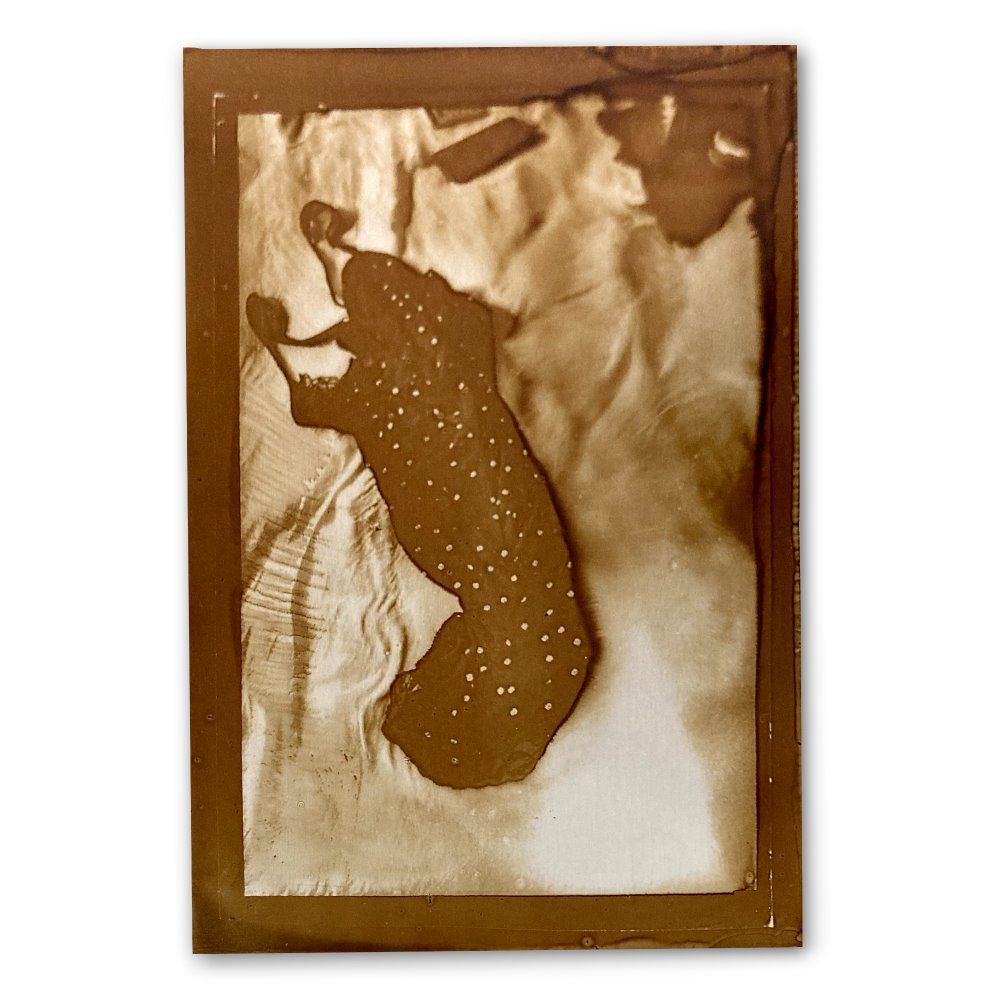
Heliography, The Dress (sold out)
159,00 € -
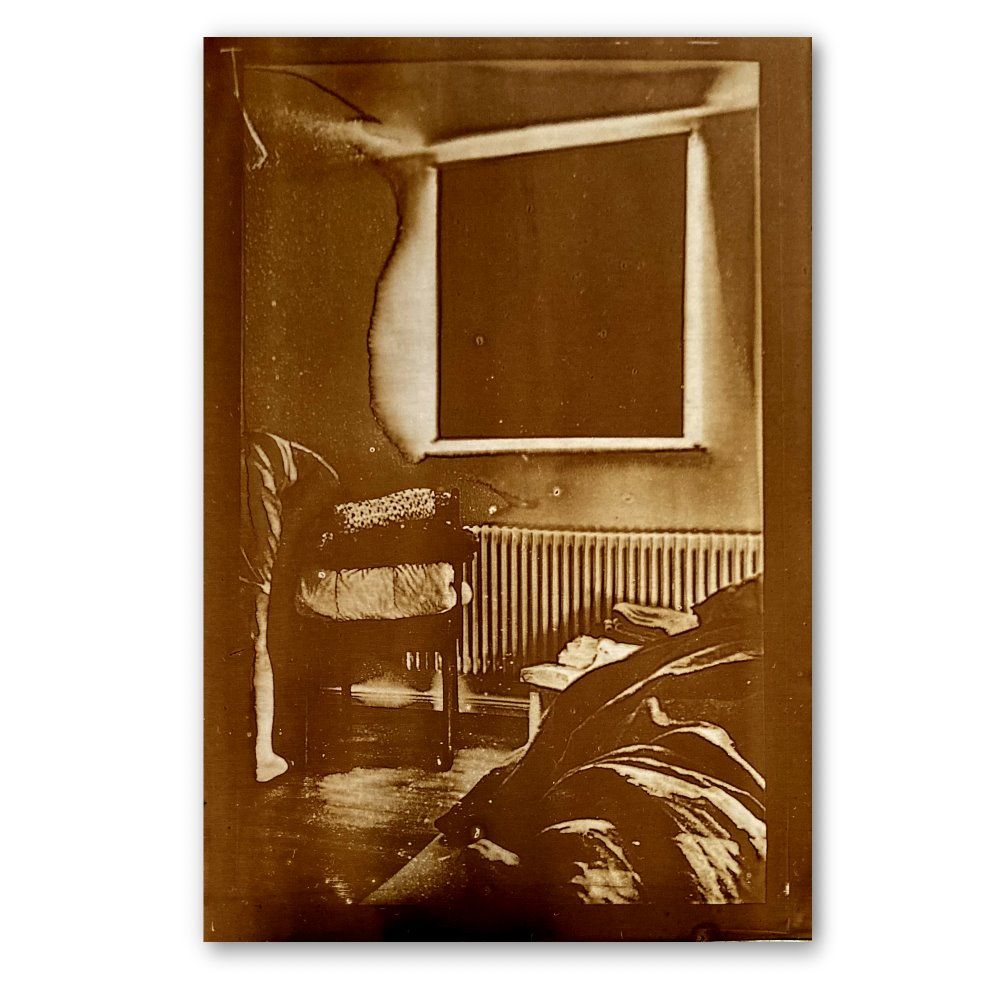
Heliography, The Window (sold out)
159,00 € -
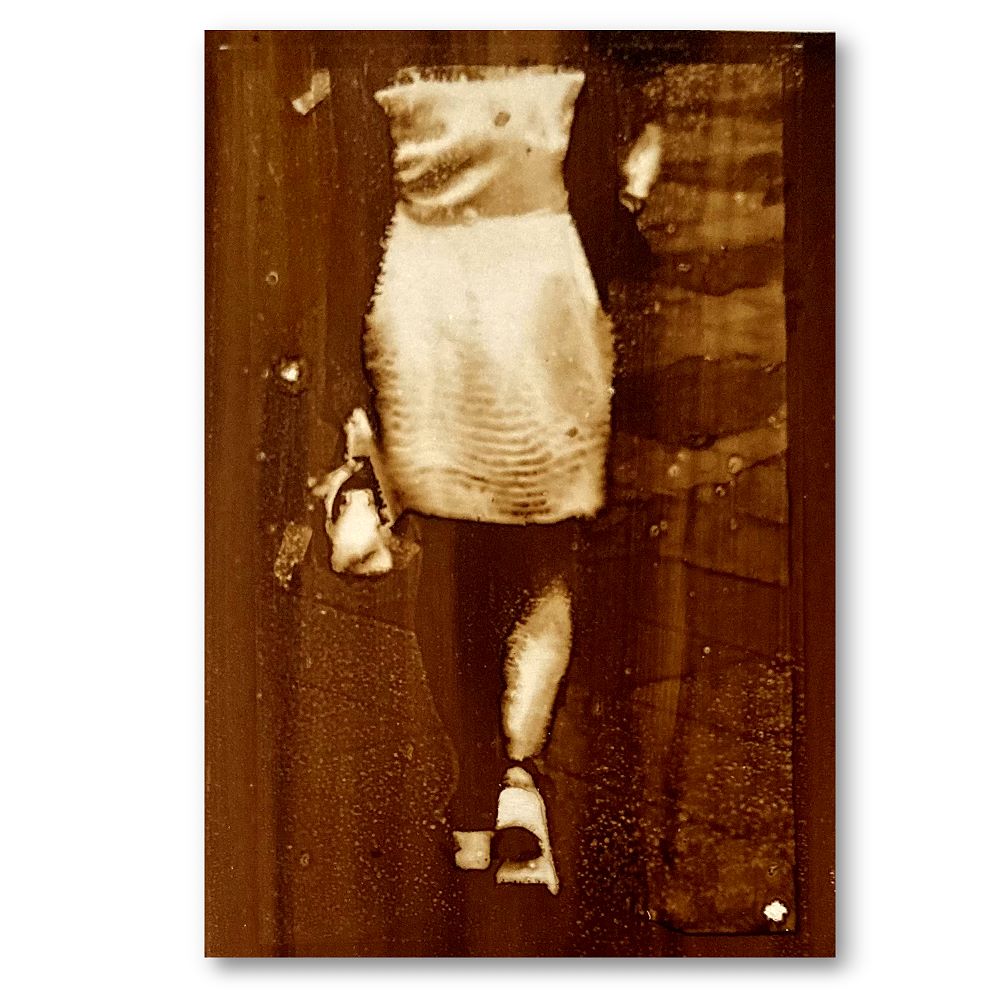
Heliography, Woman with bag (sold out)
-
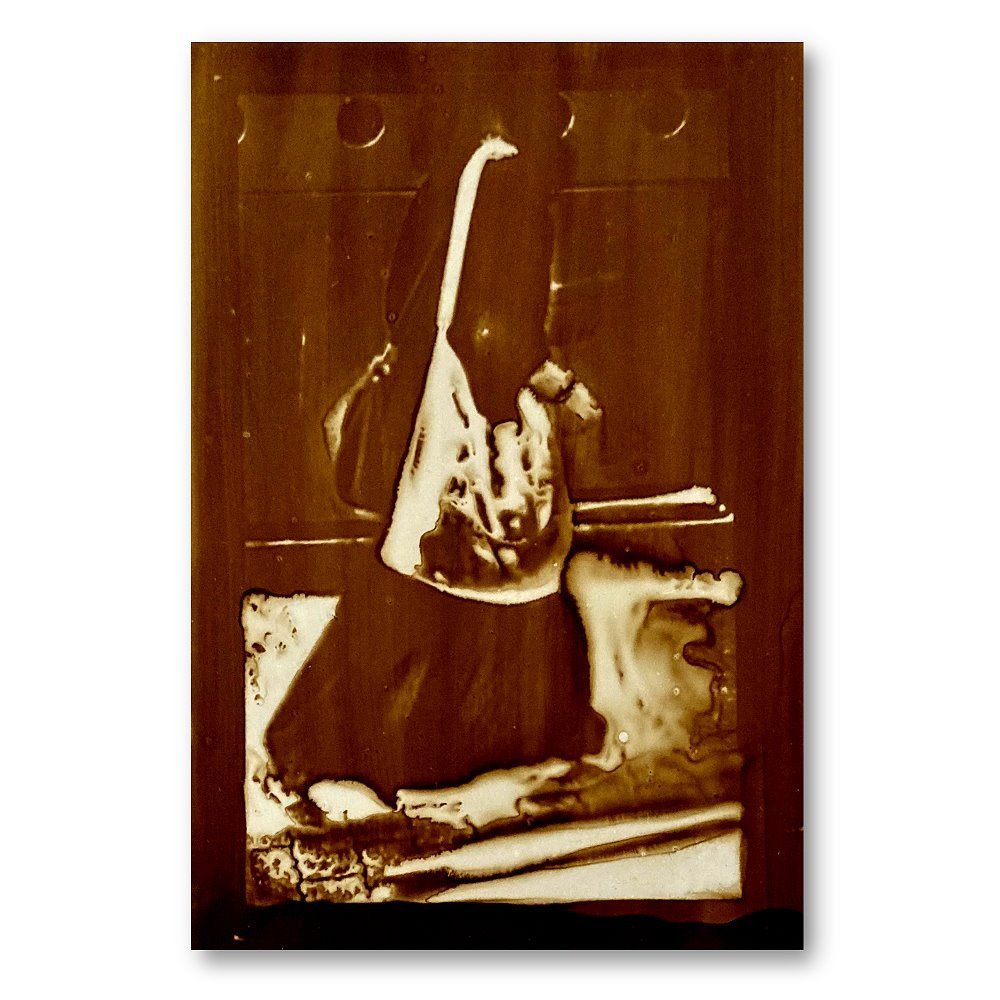
Heliography, The Wanderer, Shibuya, Tokio, Mai 2015 (sold out)
159,00 € -
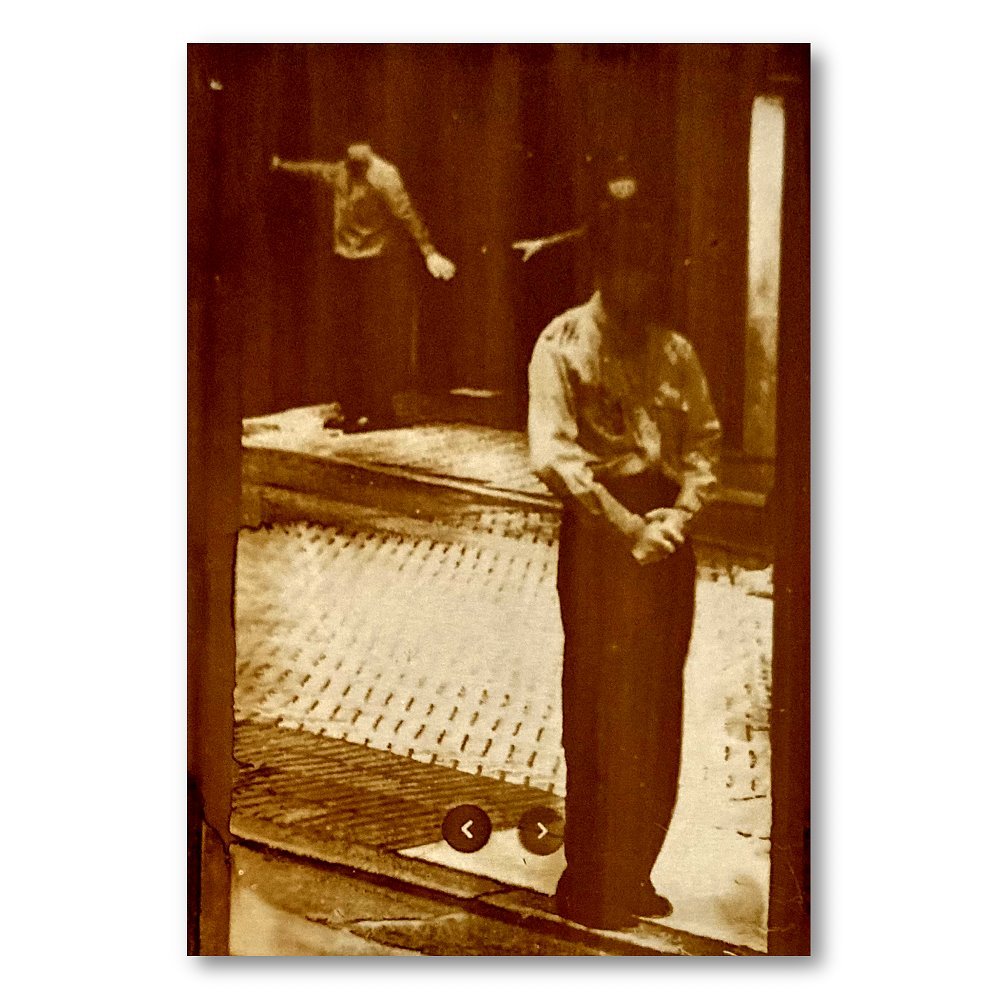
Heliography, Orwell 1984 (sold out)
159,00 € -
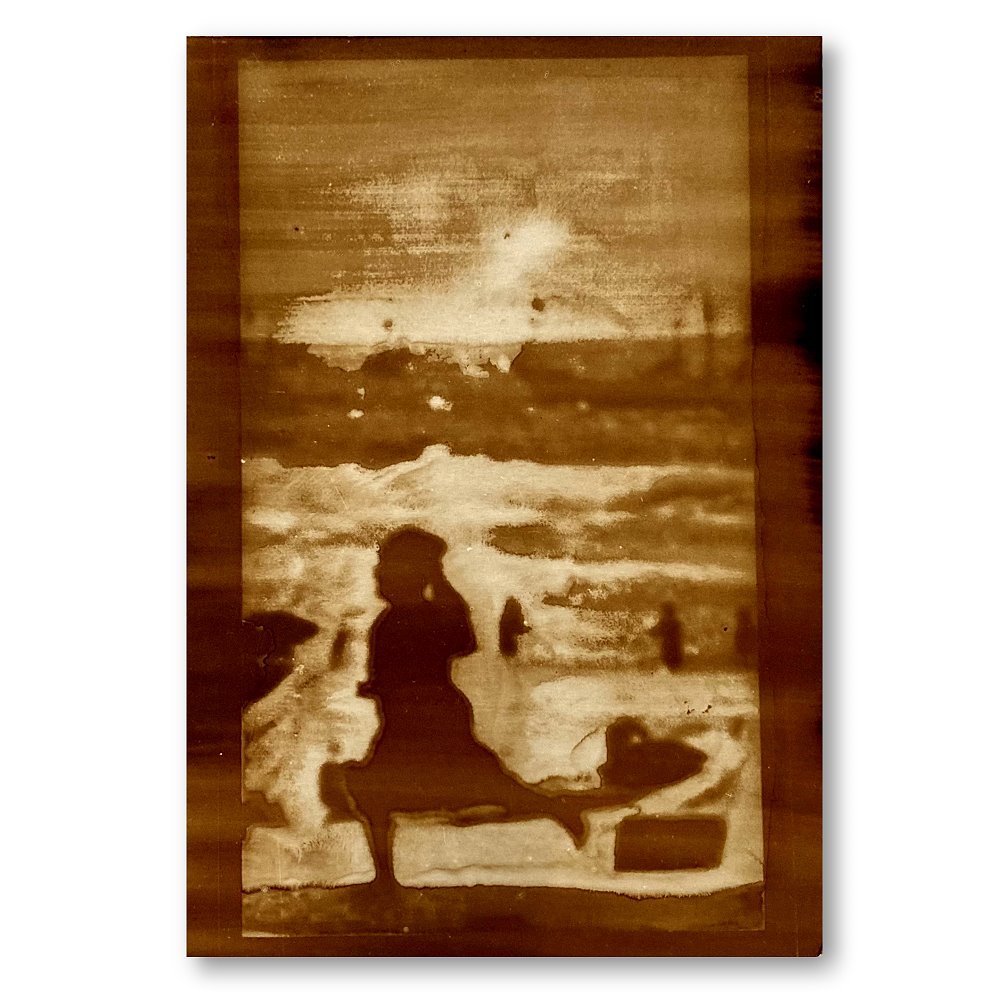
Heliography, I hear the Sound of the Sea (sold out)
-
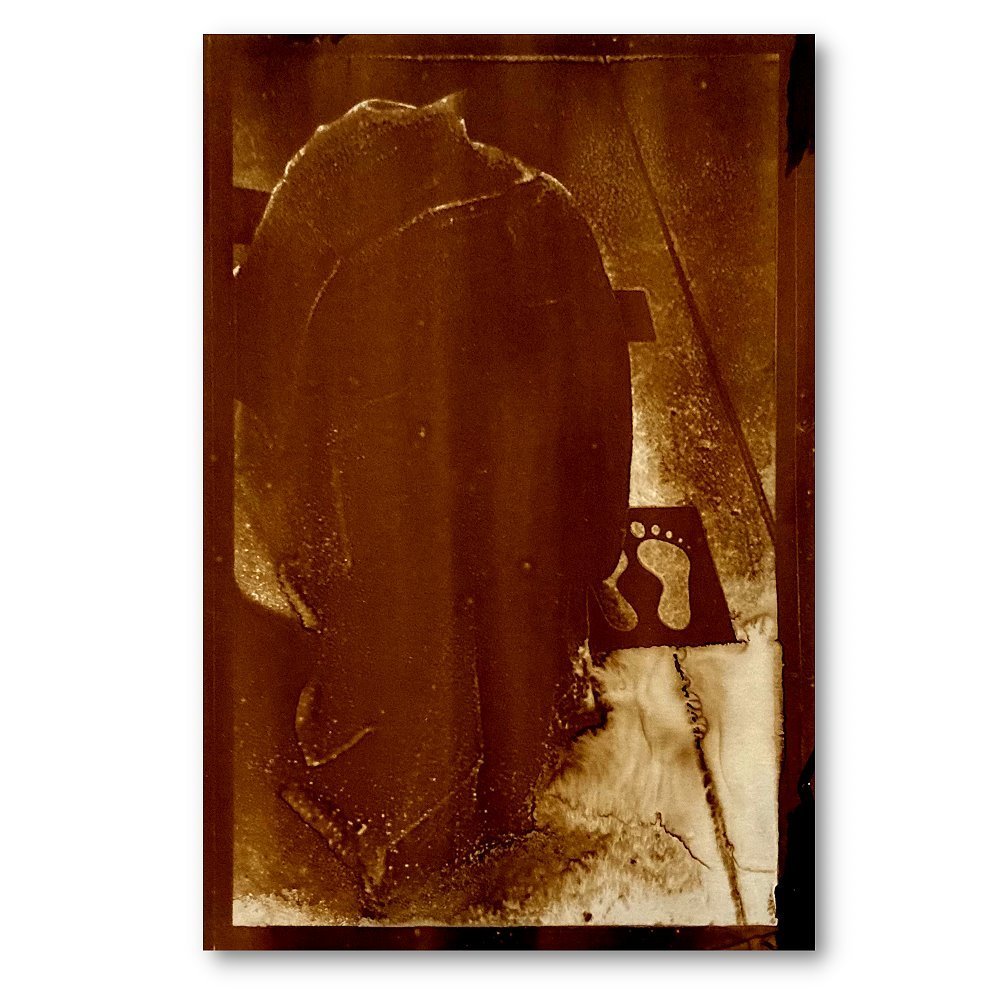
Heliography, Prayer (sold out)
159,00 € -
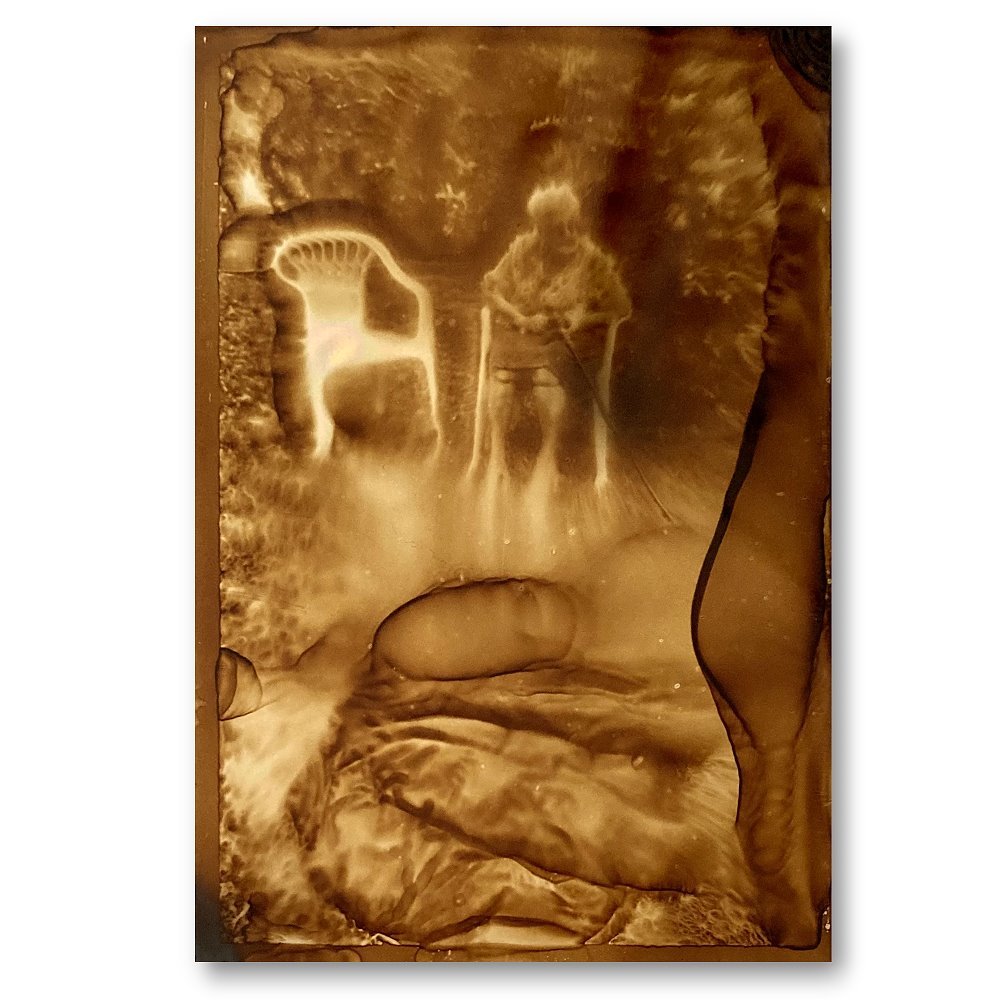
Heliography, Mother, August, 2023 (sold out)
-
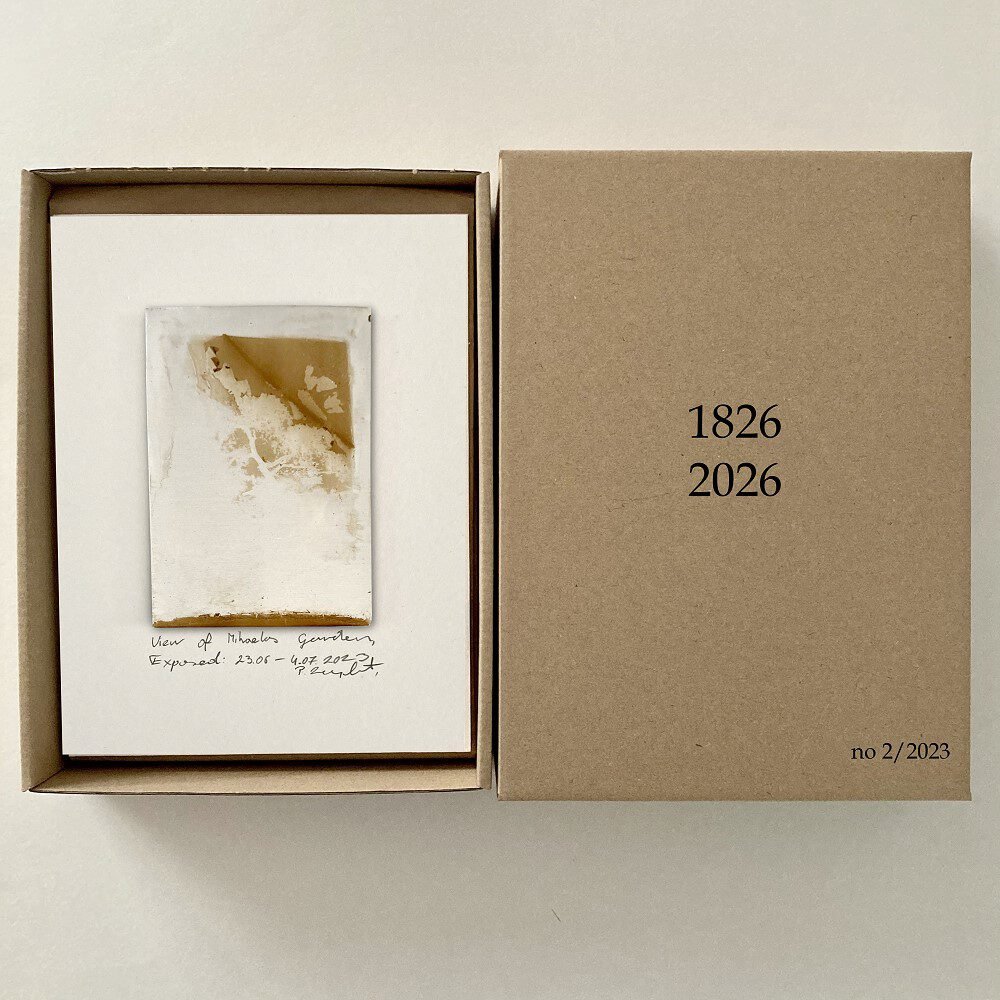
View of Mihaela’s garden, exposure time from 23.06 – 4.07.2023 (sold out)
-
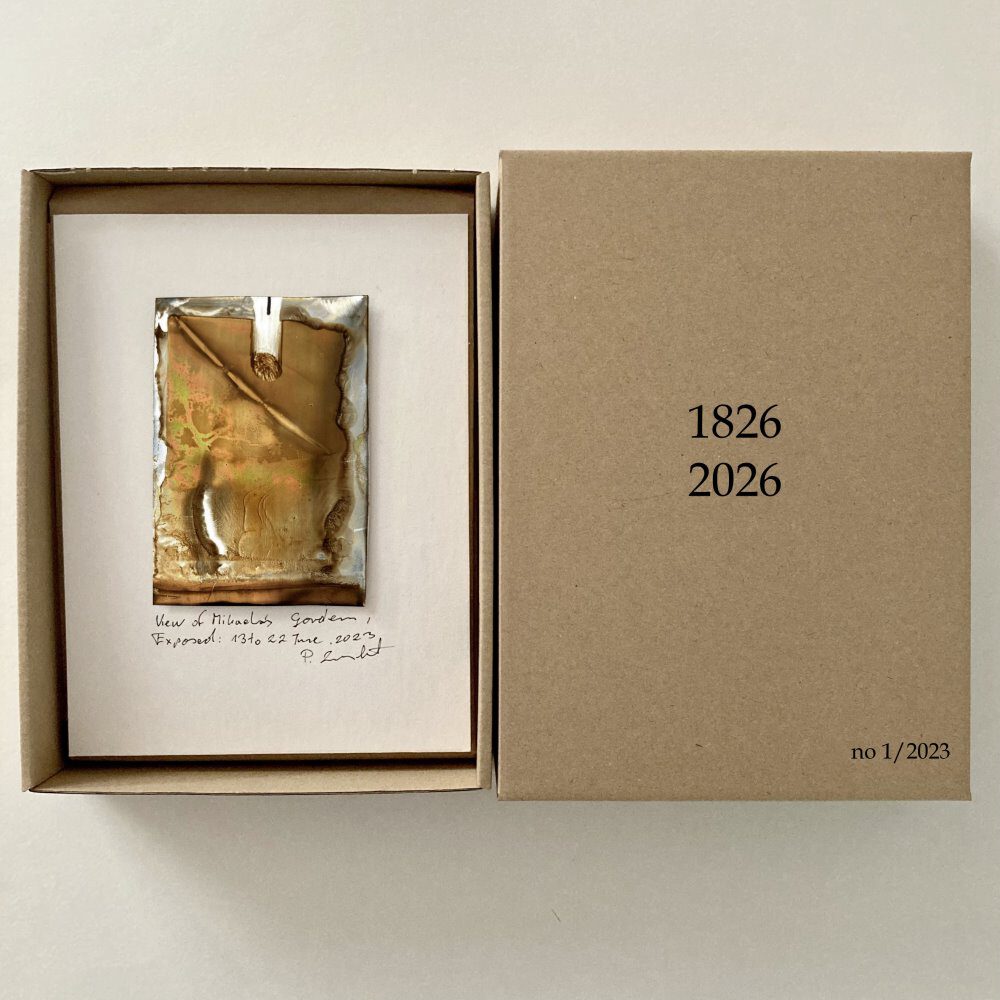
View of Mihaela’s garden, exposure time from 13 to 22 June 2023 (sold out)
-
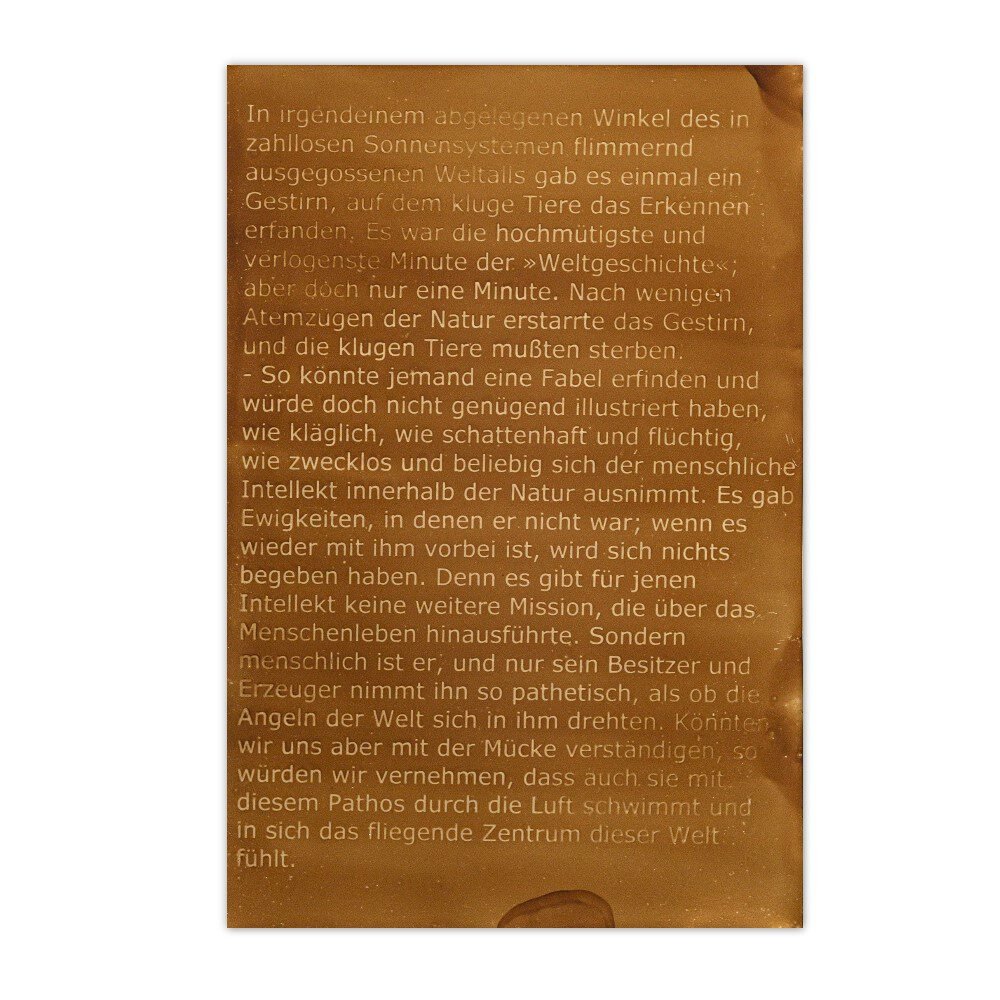
On Truth and Lie in an Extra-Moral (sold out)
-
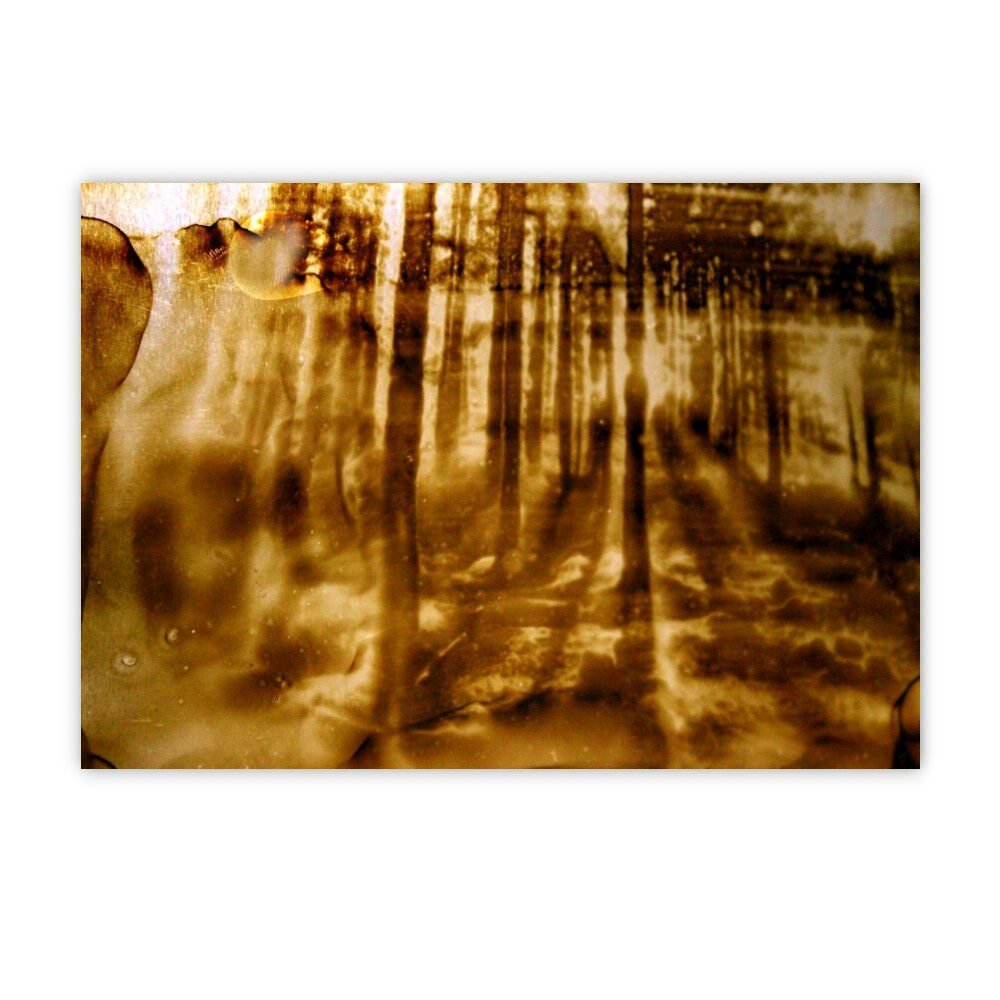
Akt im Wald (Out of Print)
-
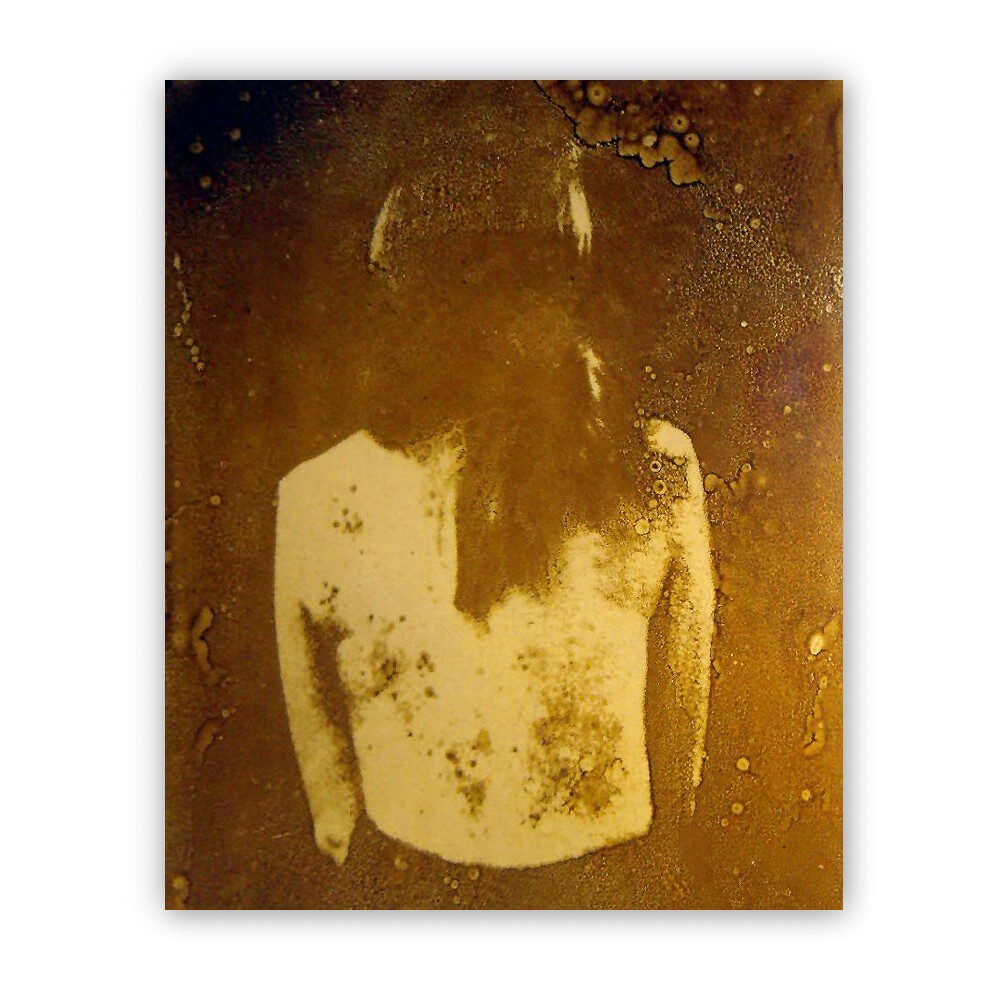
Torso (Out of Print)
-
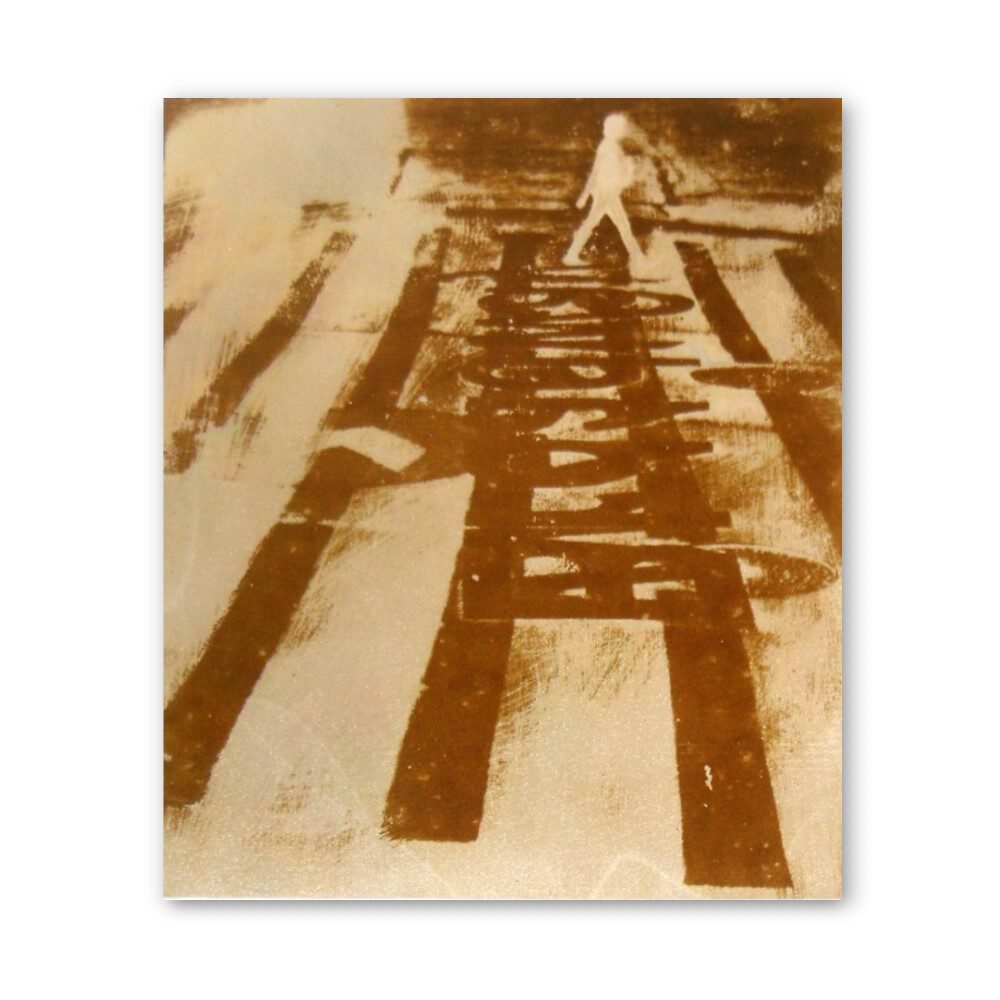
New York, 014-02 (Out of Print)
-
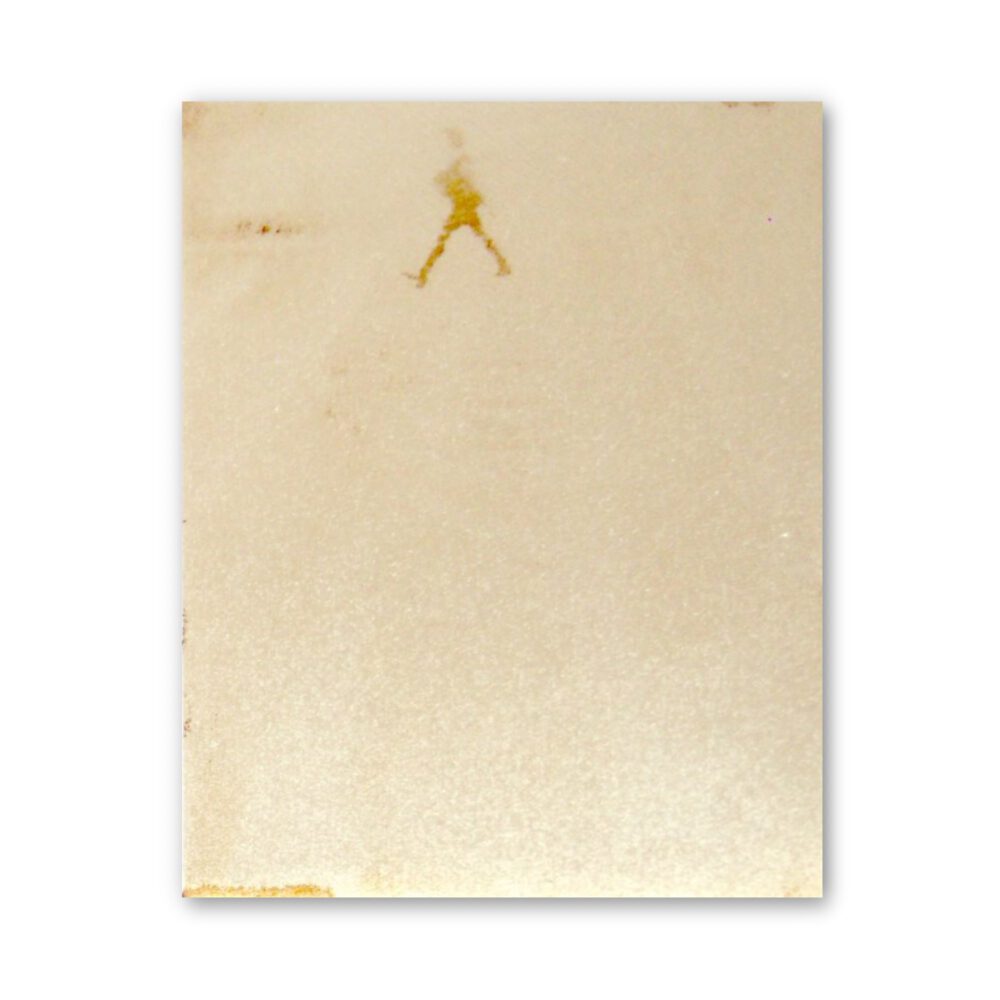
New York, 014-01 (Out of Print)
-
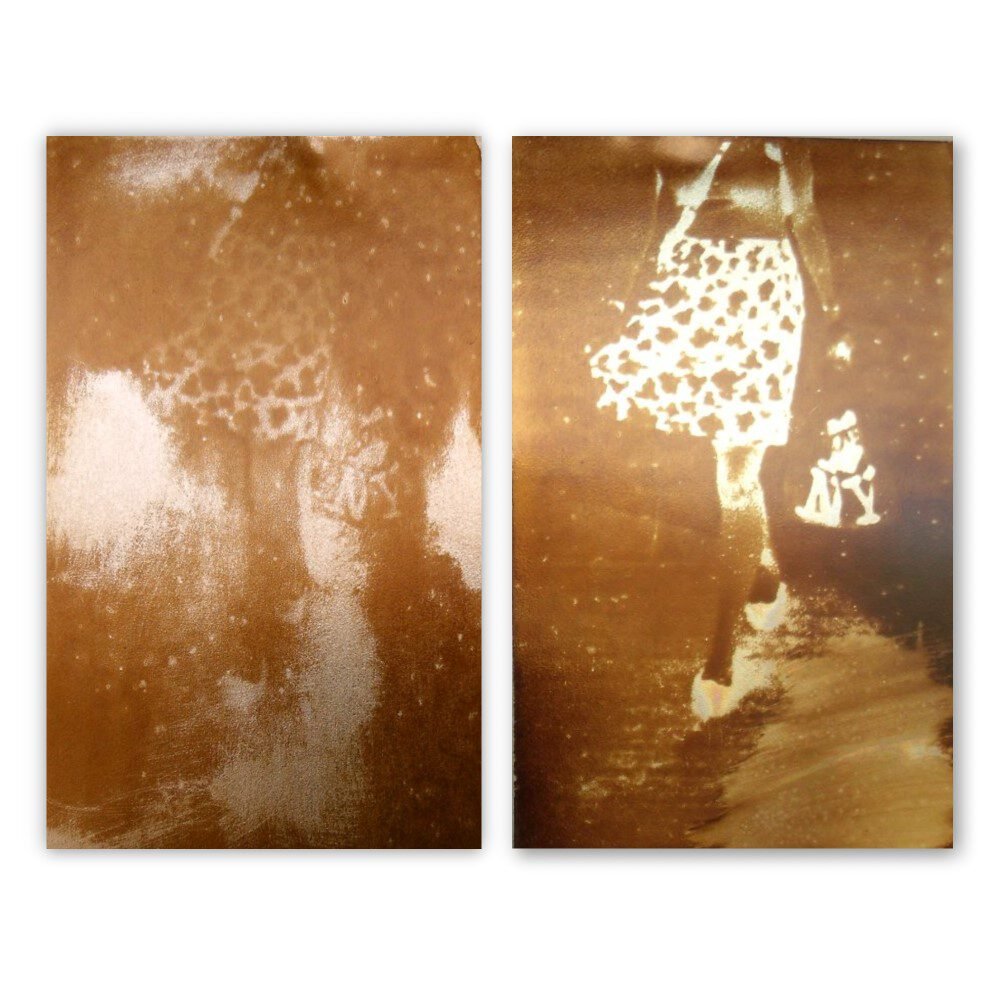
1-W-51St, New York, August, 014-01 (Out of Print)
-
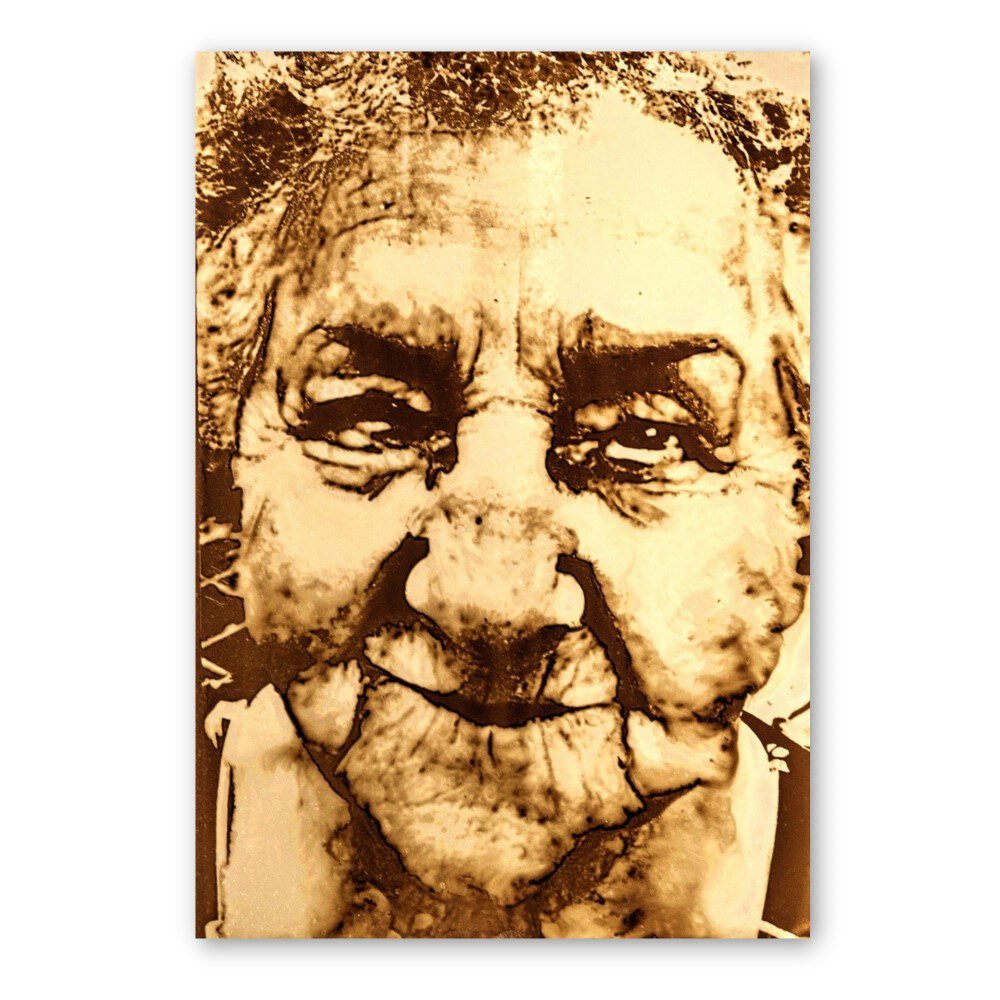
Mother (Out of Print)
-
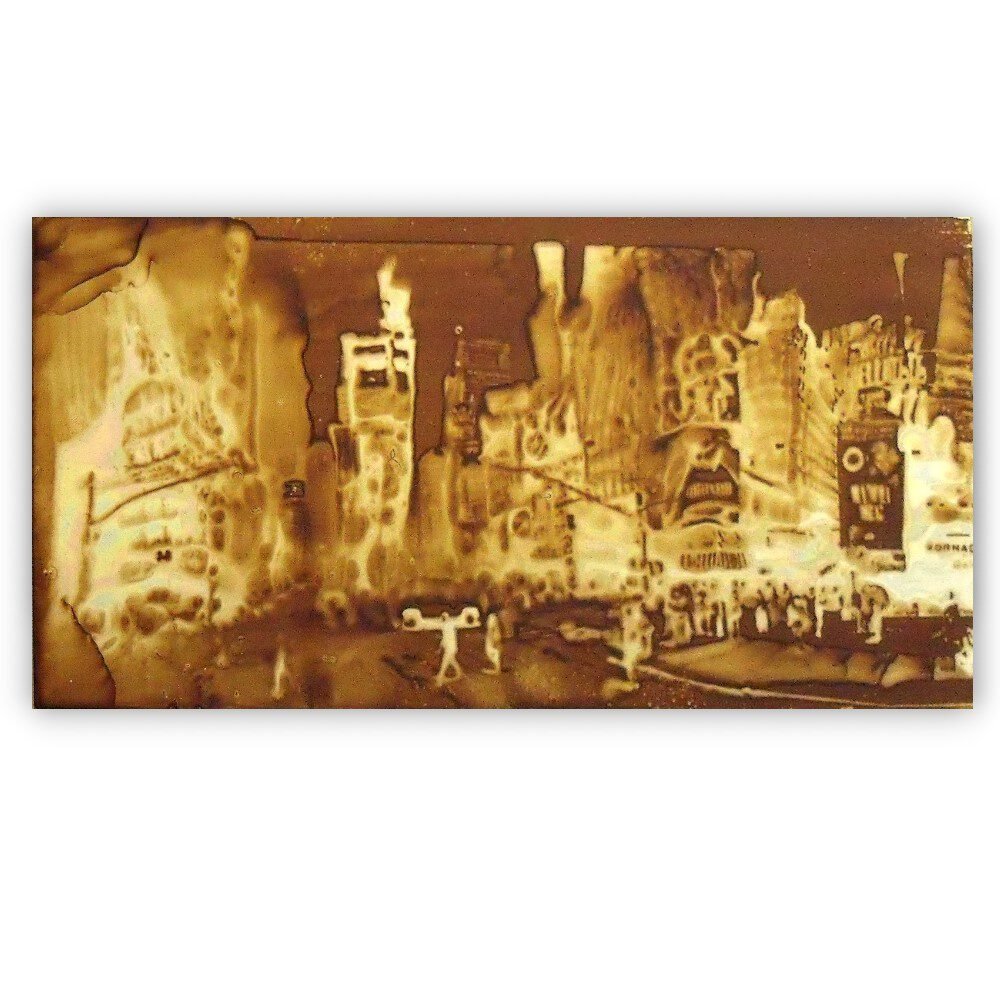
New York, Broadway (Out of Print)
-
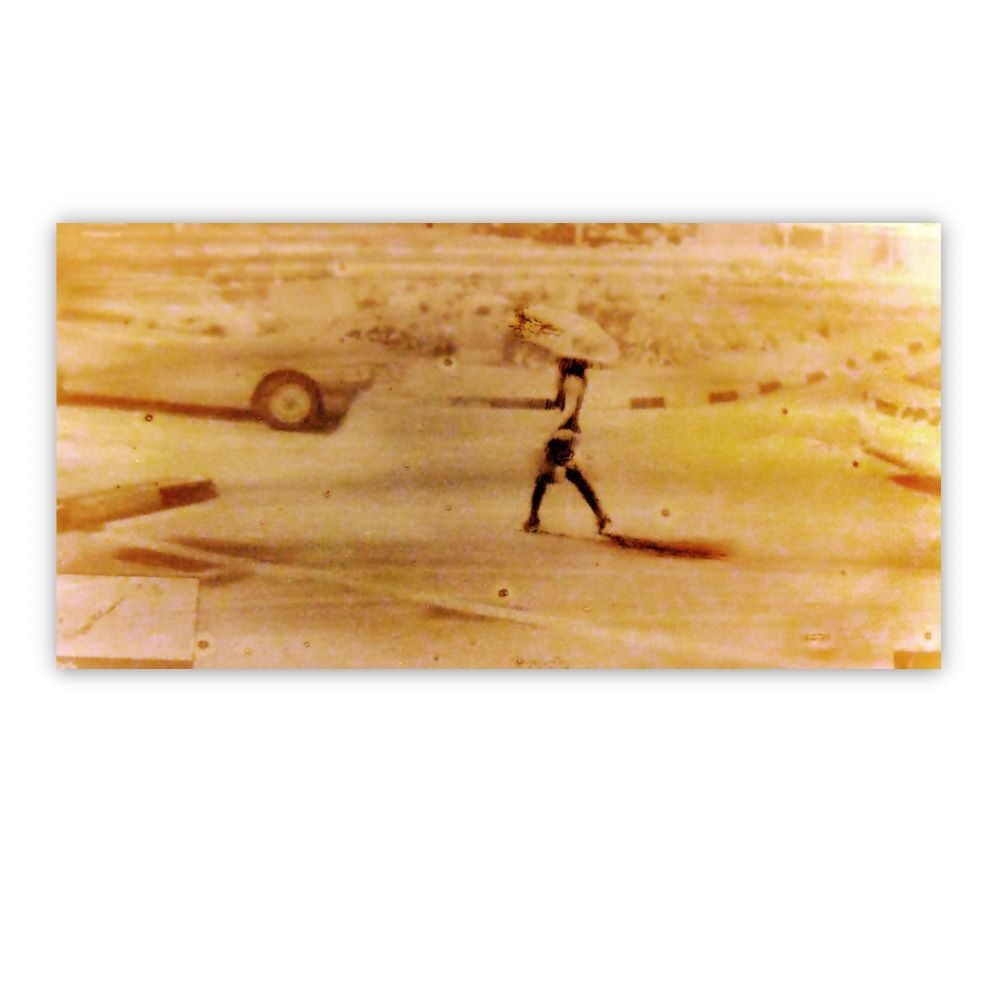
Lady with umbrella (Out of Print)
-
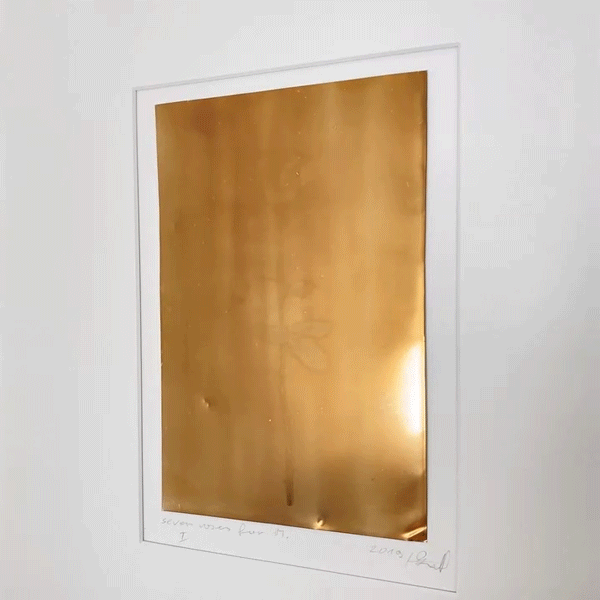
Seven Roses for M. (Out of Print)
-
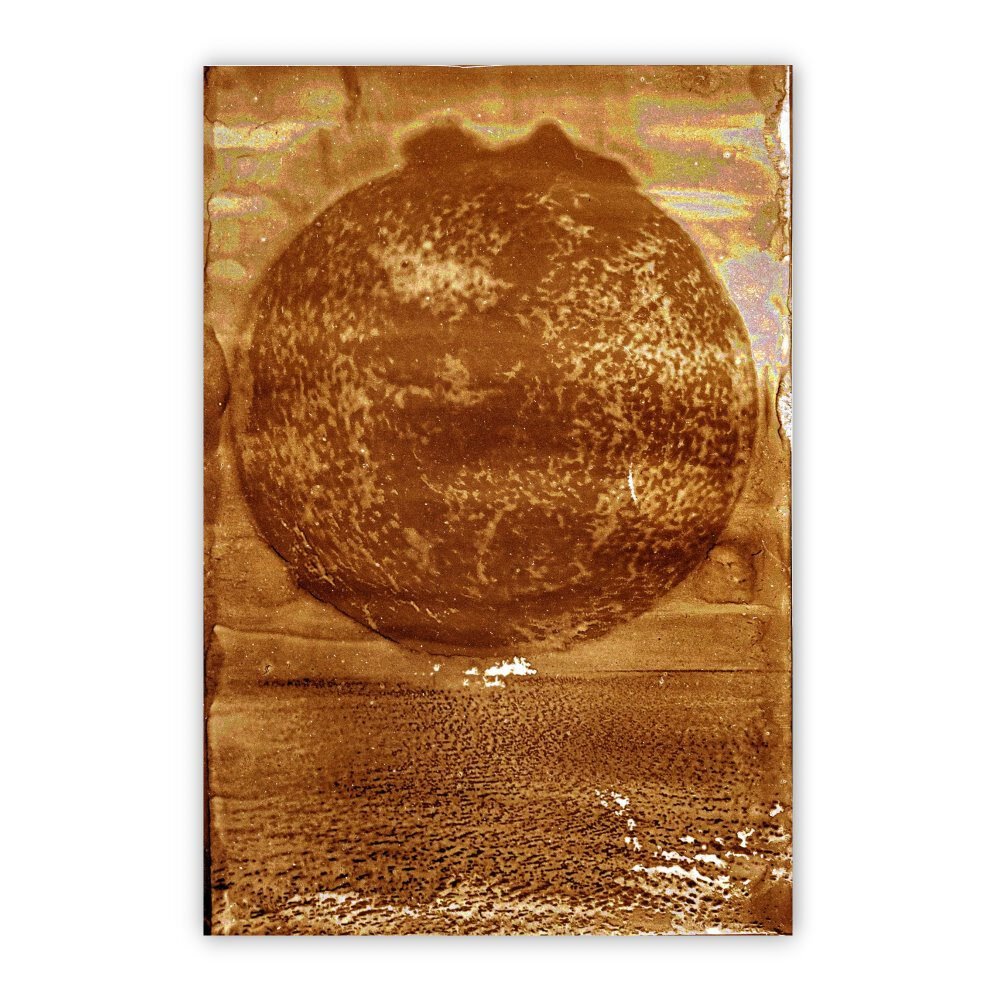
The Sun (Out of Print)
-
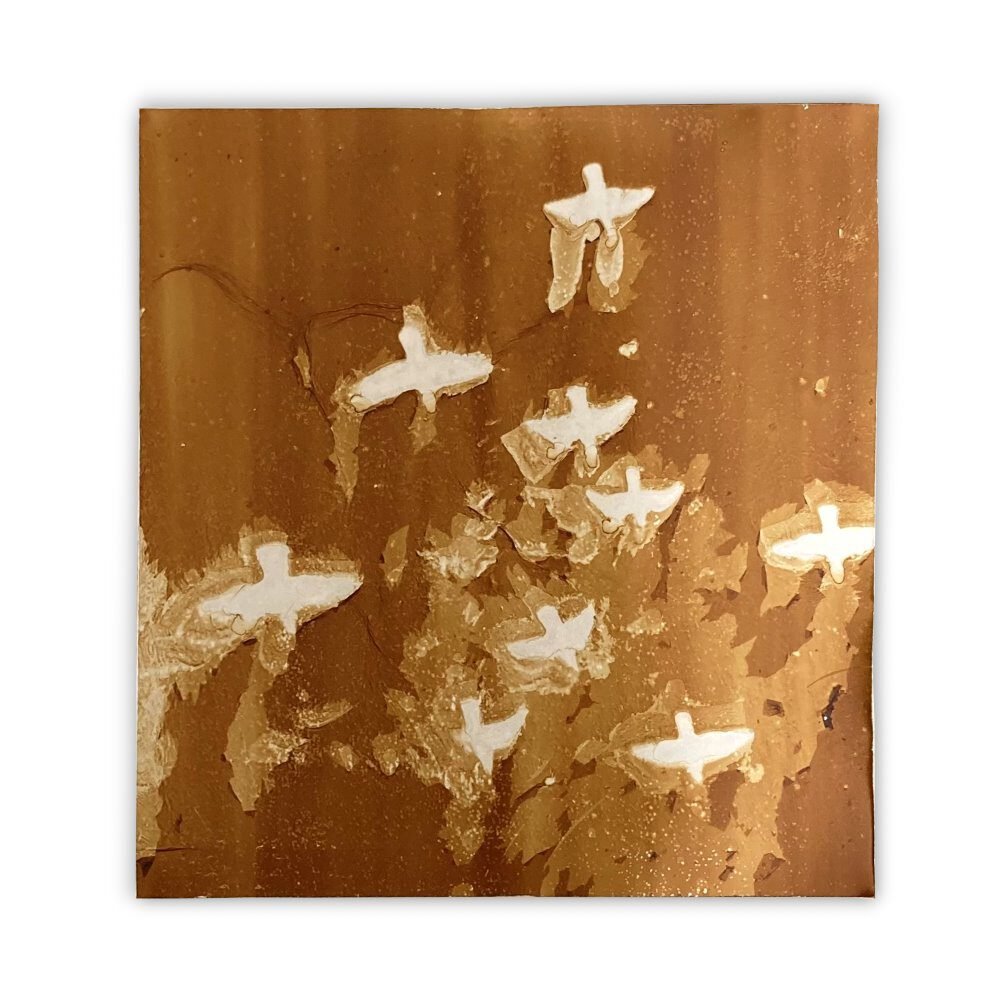
Birds (Out of Print)
-
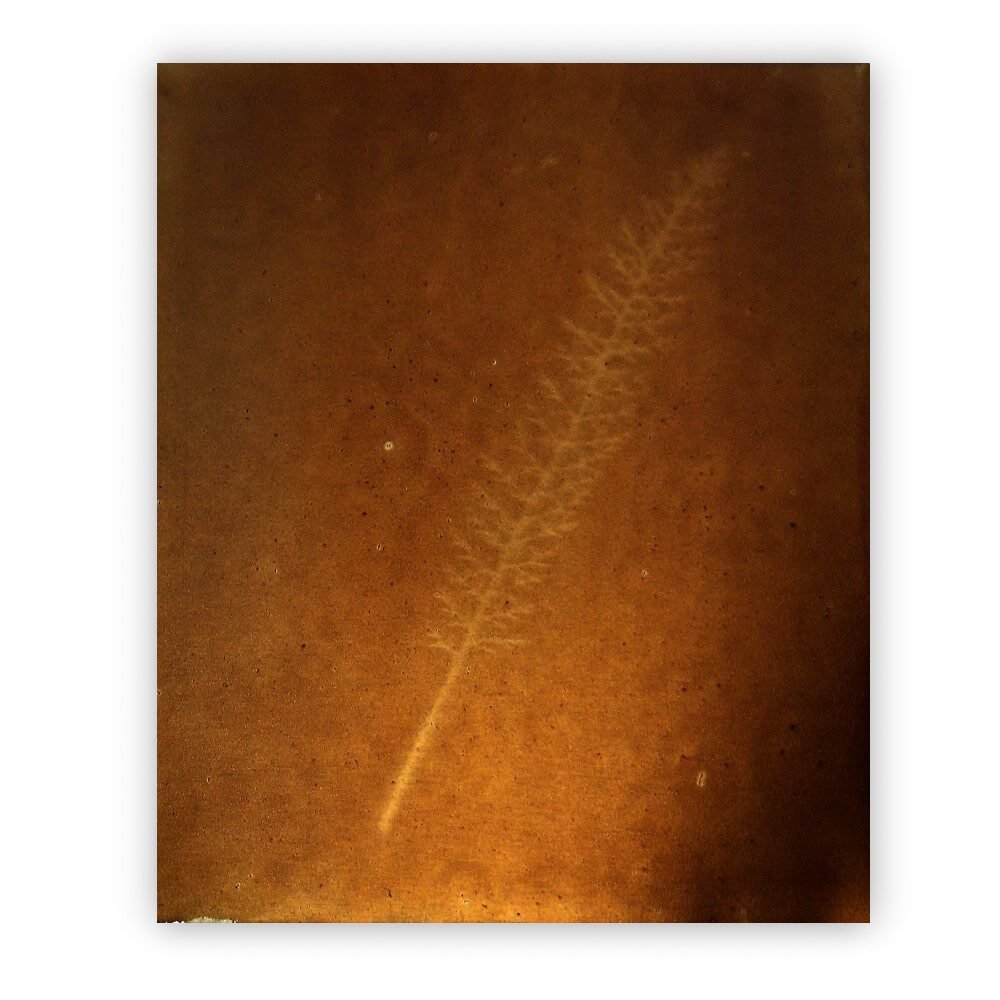
Mihaelas Garten (Out of Print)
-
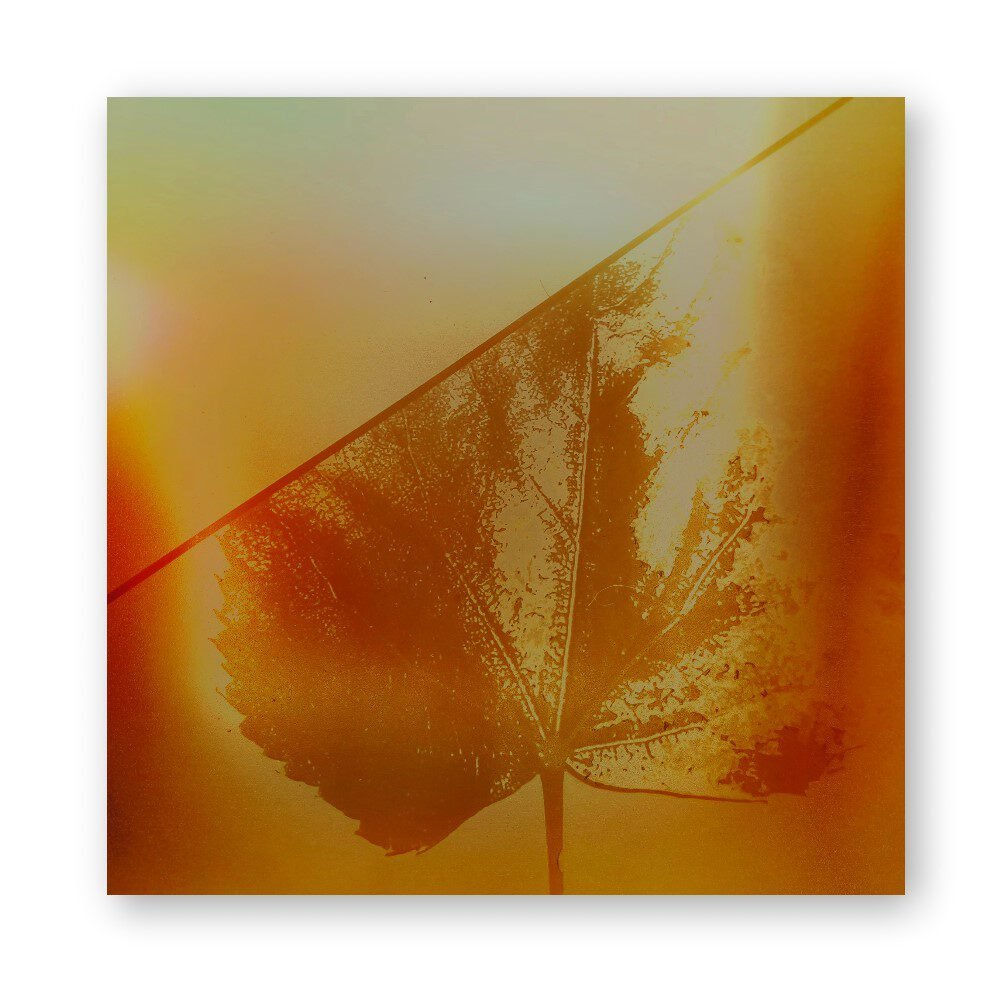
Line and Leaf, 2019 (Out of Print)
